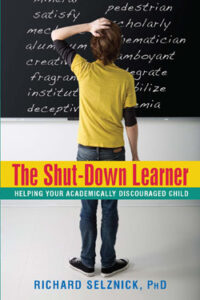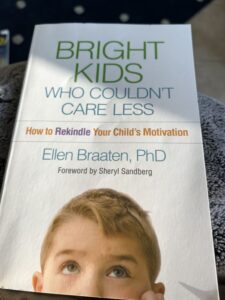 Liana’s mom has seen a great deal of struggling in her 4th grade daughter.
Liana’s mom has seen a great deal of struggling in her 4th grade daughter.
After I evaluated Liana, the mom asked me, “Was this a problem that could have been averted?”
As I explained to her there are valid and reliable screening measures that can be given early on in kindergarten or first grade that take about 15 minutes. From such a screening, there are three general groups that can be identified.
These are:
- Green Zone Kids: That is, those who are good to go. They represent about 60% of the population within that age range.
- Yellow Zone Kids: Those who show some signs of red flags, representing about 25% of the population.
- Red Zone Kids: Those who show significant to severe signs of difficulty, roughly 10 to 15% of the population.
For the children in the lower yellow into the red zone, just giving them the regular curriculum, such as reading stories, literature and other whole language type of activities Is not sufficient.
These children require much more “bottom- up” activities using sensible, structured methods to try and build their base of skills.
My experience is that often this is not a model that is typically followed.
If that is the case, if you have concerns early, then I encourage you to go out on your own and have someone within your community (e.g., a reading specialist or a psychologist) to do such a screening to determine what zone your child is in within the early grades.
For the yellow and red zone children, don’t wait. Get good tutoring.
That is the only way to try and avert a child from being in a situation like Liana’s.
(***Please note: All blogs represent the opinion and perspective of Dr. Richard Selznick. Comments and questions are welcomed, but are blocked by the hosting site. Please email questions or comments: rselznick615@gmail.com)
 Copyright, Richard Selznick, Ph.D. 2022, www.shutdownlearner.com.
Copyright, Richard Selznick, Ph.D. 2022, www.shutdownlearner.com.
To Contact Dr. Richard Selznick for advice, consultation or other information, email rselznick615@gmail.com.
To receive future blog posts, register your email: https://shutdownlearner.com.

 Over the last couple of decades ADHD (commonly referred to as “ADD”) is frequently diagnosed with struggling children. Within the doctor’s office, the child’s history is reviewed along with the parent filling out a rating scale (typically the Vanderbilt Scale, which is not norm-referenced).
Over the last couple of decades ADHD (commonly referred to as “ADD”) is frequently diagnosed with struggling children. Within the doctor’s office, the child’s history is reviewed along with the parent filling out a rating scale (typically the Vanderbilt Scale, which is not norm-referenced).
